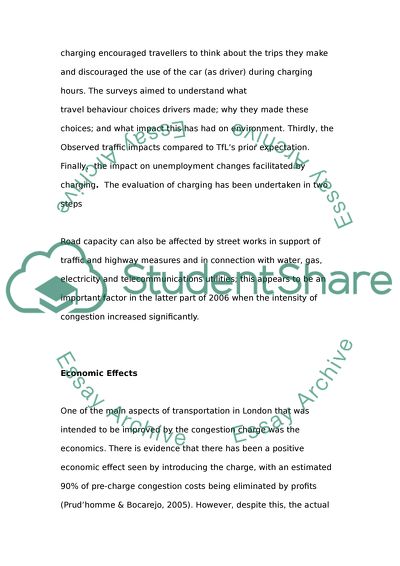Cite this document
(“The impact of London congestion charge,an economic view Literature review”, n.d.)
The impact of London congestion charge,an economic view Literature review. Retrieved from https://studentshare.org/finance-accounting/1469637-the-impact-of-london-congestion-chargean-economic
The impact of London congestion charge,an economic view Literature review. Retrieved from https://studentshare.org/finance-accounting/1469637-the-impact-of-london-congestion-chargean-economic
(The Impact of London Congestion charge,an Economic View Literature Review)
The Impact of London Congestion charge,an Economic View Literature Review. https://studentshare.org/finance-accounting/1469637-the-impact-of-london-congestion-chargean-economic.
The Impact of London Congestion charge,an Economic View Literature Review. https://studentshare.org/finance-accounting/1469637-the-impact-of-london-congestion-chargean-economic.
“The Impact of London Congestion charge,an Economic View Literature Review”, n.d. https://studentshare.org/finance-accounting/1469637-the-impact-of-london-congestion-chargean-economic.


